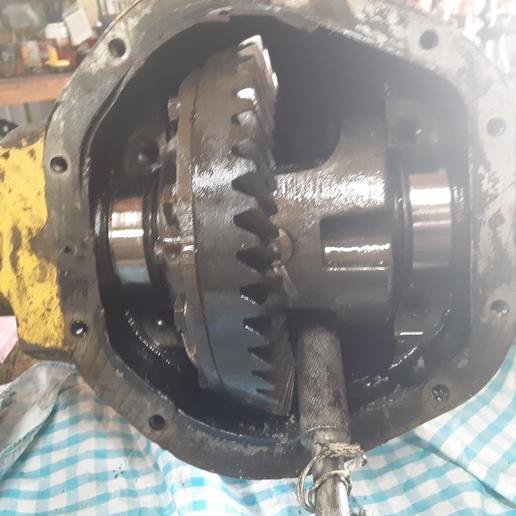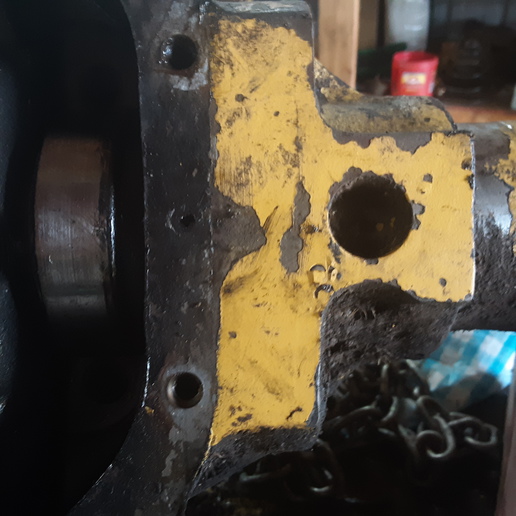Geo-TH,In
Well-known Member
I shoulda learned how important dealer support is after owning a 1962 Jaguar XKE 3.8L 6 cylinder with 3 SU carbs that would need adjusting when temperature changed.
How do I get the carrier out? It was

N0 fun getting the rear end out of the terramite. I used breaker bar to jar it loose but no luck.
This is the first time I've ever worked on a rear end and I'm not a proctologist.
George
How do I get the carrier out? It was

N0 fun getting the rear end out of the terramite. I used breaker bar to jar it loose but no luck.
This is the first time I've ever worked on a rear end and I'm not a proctologist.
George


